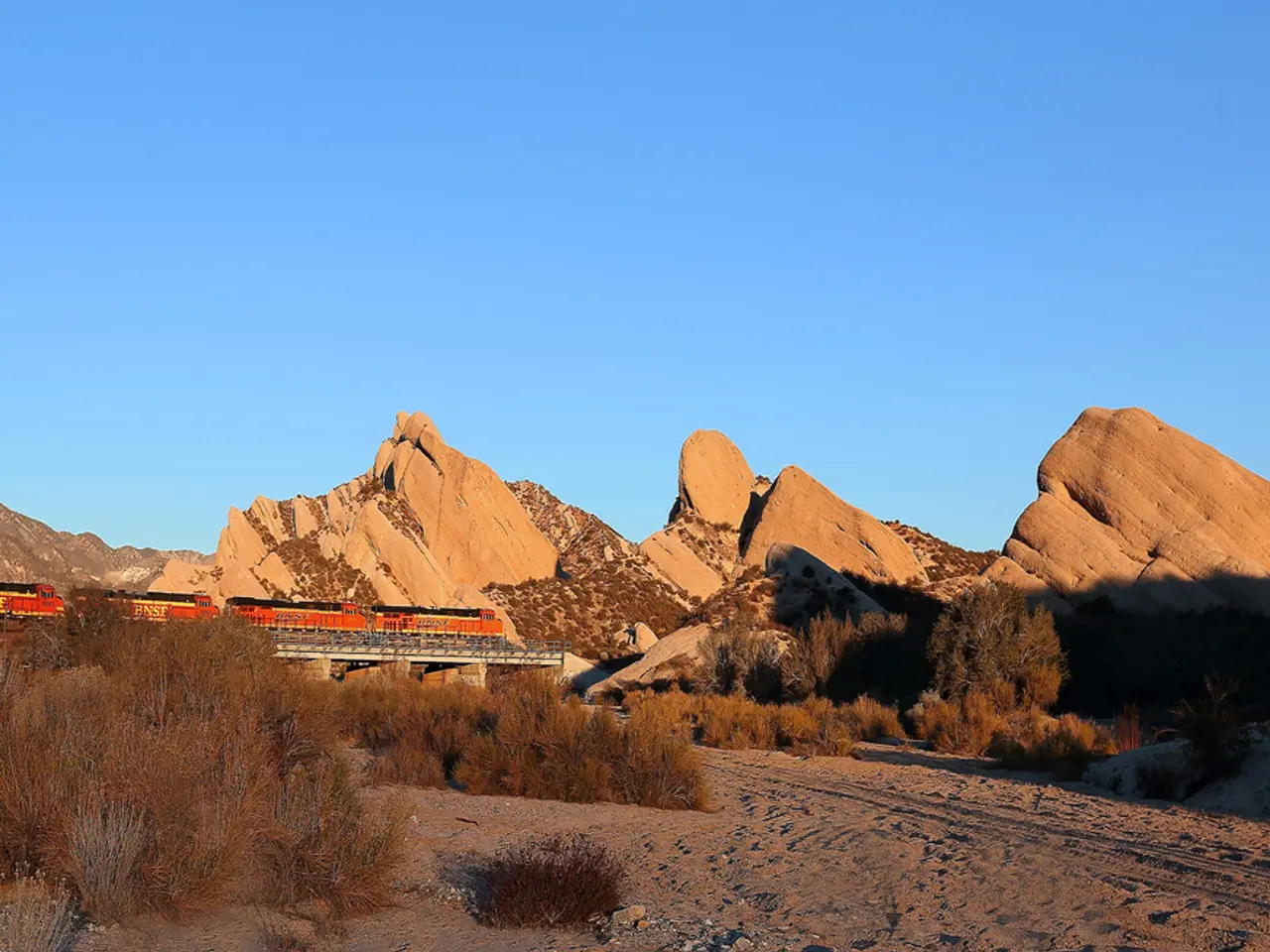Guidelines for Newcomers to Off-Piste Skiing
Embarking on a backcountry skiing adventure in the Northeast? Here's a guide to help you get started safely and enjoyably.
Backcountry skiing, a popular activity in the region, can be classified as Alpine backcountry skiing, also known as telemark, alpine touring, or splitboarding. One unique aspect of this sport is the use of splitboarding, which involves a snowboard that can be split lengthwise into two skis for easier climbing.
For beginners, appropriate clothing is crucial. Avoid cotton and opt for synthetic or wool layers to stay dry and warm. Bring rain gear and extra warm clothes to prevent hypothermia by staying dry and shielding from wind.
Safety education is another essential aspect. Avalanche awareness is critical, as variable snow conditions are common in the Northeast. Beginners should take an avalanche safety course and carry proper equipment, such as a beacon, probe, and shovel.
Terrain knowledge is also vital. Start on low to moderate angle slopes, generally less than 34°, suitable for beginners as steeper terrain increases risks.
Planning and navigation are key. Use topographic maps to identify potential hazards like stream crossings, which can be dangerous due to cold, fast water. Check conditions at ranger stations and be prepared to turn around if necessary.
Consider guided skiing and snowshoeing trips that are authorized on controlled use areas (CUAs) for beginner-friendly terrain in the region. These trips can provide a safe and enjoyable introduction to backcountry skiing.
Proper equipment is vital. Carry a backpack with essential gear such as extra clothing, food, water, and safety tools. Climbing skins, textured pieces of fabric that attach to the bottom of skis with reusable glue, provide grip for skiing across flats and up hills. For better traction and durability, default to nylon skins.
Touring bindings, which can be categorised as "tech" or "frame," are also essential. Tech bindings are lighter and more efficient for uphill travel, while frame bindings are stouter and better suited for aggressive descents and/or jumps.
Boots are a crucial piece of equipment in backcountry skiing, as they play a significant role in comfort, efficiency, and control.
Backcountry skiers should always read and understand the day's avalanche bulletin, regardless of the point in the season. Spring in the ravines offers the opportunity to ski a layer of soft "corn snow" on top of a deep, firm base.
When choosing equipment for backcountry skiing, consider factors such as the terrain you plan to ski, your comfort, and efficiency on the hike up, and your ability to control your skis on the way down.
Wipe off dirt or debris the following morning, let them dry completely, then store them in a cool and dry environment during the off-season to preserve performance.
In summary, beginners should focus on appropriate clothing, safety education, moderate terrain, careful planning, and possibly starting with a guided group to build skills safely in Northeast backcountry skiing. Happy trails!
After choosing the right equipment for backcountry skiing, consider diversifying your lifestyle with outdoor-living experiences by engaging in adventure-travel activities such as travel to scenic home-and-garden destinations where you can enjoy both backcountry skiing and other peaceful pursuits. As your skills develop, incorporate sports like cross-country skiing or snowshoeing into your travel itinerary for an even more exhilarating adventure. Always remember, regardless of where your travels take you, prioritize safety and education in all aspects of your outdoor-living lifestyle.




